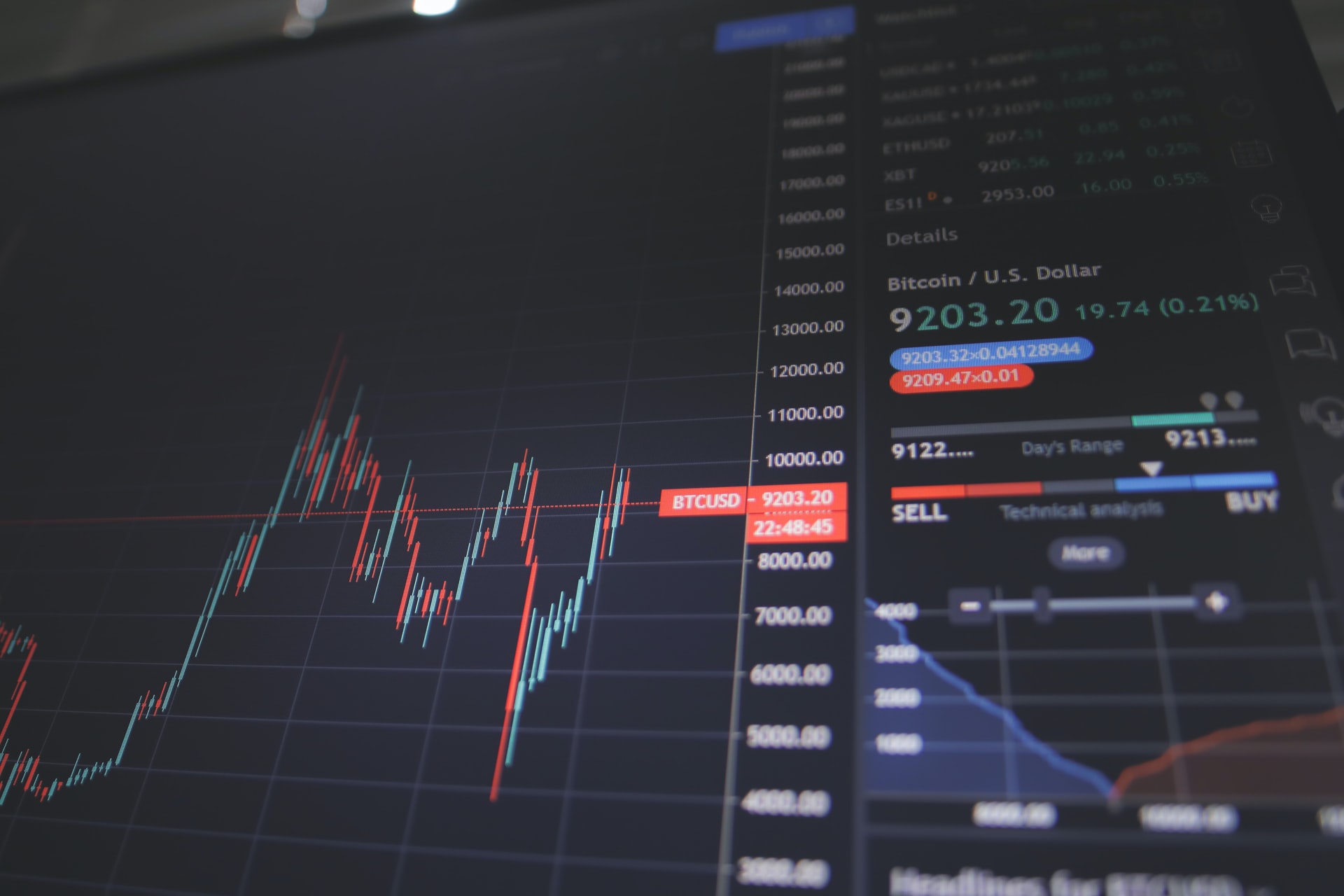What does the COVID-19 recovery mean for investors?
Here we are, one year on from COVID-19 when lockdowns became a part of our reality all across the globe. For investors, and potential investors, COVID-19 has affected so many aspects of the markets. But now the outlook is improving, should we remain cautious?
2020 effects on equity market prices, bonds and technology stocks
The crash this time last year saw many investors withdraw and certainly, more than in any other year, uncertainty has continued to be the main watchword. Bond prices particularly have attracted the concern of investors, believing a too-quick economic recovery would lead to inflationary pressure, increasing interest rates and less market initiatives. However, despite a turbulent 12 months, and fluctuating restrictions for businesses and consumers, equity market indexes now sit comfortably above their pre-pandemic valuations.
There’s no doubt central bank support and government intervention have helped the situation. But it’s interesting to note how fixed income, benefitting from cash inflows, has had the opposite journey to equities, inspiring investors to switch tack and move towards ‘stay-at-home’ stocks, including technology.
During 2020, businesses rapidly embraced their digital futures. The online offer has become key to a successful operating model with the majority of consumers now ordering goods and services from home. For this reason, technology is set to be a continually growing sector. Certainly, with more potential lockdowns and predicted new strains of the virus to come, the businesses well-tipped for survival are the ones who have seen the long-term value in getting their online offer right.
Why is the market outlook so positive?
The overall picture can be seen as one of an improving economic situation. Even from as little as a few months ago when much less was known about the Government’s roadmap and support. Now the Government response, and the budget is confirmed, businesses are in an informed position, able to plan their journey ahead.
Central banks seem to be offering a coherent, cautious response to inflationary pressures, including a staggered withdrawal of the COVID support packages. Chancellor Rishi Sunak has painted a promising picture of an improving future economy, introducing additional support, and not raising income tax, as a means of steady transition.
Exceptional vaccination rates, easing of restrictions with a clear roadmap of support and what businesses can expect over the next 12 months, have all combined to create a sunnier outlook than that faced by investors this time last year. As well, the Bank of England’s monetary policy committee left interest rates and its monthly asset purchase programme unchanged in an effort to appease investors.
Should investors be cautious?
Despite the positive outlook, it would be unwise yet, as an investor, to approach the future with anything but caution. Economies are smaller, unemployment is higher, and inflation remains well below official targets.
There are many other contributing factors too yet to play out for their impact to be fully assessed. The effects of Brexit on trade are, as yet, in substantial flux, and it also remains to be seen how much of a stumbling block the current row between the UK and EU over vaccine contracts will limit the pace of immunisation. The Chancellor has put off the repaying of COVID relief to a later date, so that too will have resulting effects we have yet to feel the brunt of.
In Europe, headlines continue to be dominated by increasing infection rates and stop-start vaccination. The further restrictions imposed in France, Germany and Italy will undoubtedly affect their bounce-back ability for 2021 and therefore market stability, with any prolonged periods of inactivity having detrimental effects, particularly where the economy relies heavily on tourism.
Uncertainty within US markets
Despite the approval of President Joe Biden’s $1.9 trillion COVID-19 relief package, and associated rollout of economic stimulus, the US market continues its volatile path. Not dissimilar to the UK, with an expanding vaccination programme and improved business sentiment, this led to expectations of a faster economic recovery.
Some investors felt the US Fed would soon begin to increase interest rates; however, this has not happened, and the US Fed has maintained a patient stance, causing sales of US treasuries and equities, which has fed its way through most global markets.
A year for cautious optimism
March 2021 definitely sees us with more stability about what may lay ahead. But it’s in the ‘what may lay ahead’ there needs to be caution.
The number of unknowns still to play out, on top of the difficulties of operating within an increasingly COVID-secure, regulated environment, mean we are likely to see growth forecasts for 2021 downgraded. As much as the outlook is brighter than it was in March last year, investors still need to be tentative.
| Asset Class | Proxy | 1-Month | 3-Month | 6-Month | 1-Year |
| Cash | UT Cash/Money Market | -00.00% | 00.00% | 00.02% | 00.20% |
| UK Govt Bonds | FTSE Gilts All Stocks | -00.57% | -07.24% | -06.42% | -05.54% |
| UK Corporate Bonds | UT UK Fixed Interest | 00.90% | -06.67% | -05.89% | -02.93% |
| UK Equity | UT UK Equities | 03.13% | 05.80% | 21.02% | 39.15% |
| European Equities | MSCI Europe ex UK | 03.15% | 02.51% | 10.76% | 33.51% |
| US Equities | S&P 500 | 02.86% | 04.80% | 09.59% | 38.14% |
| Japanese Equities | MSCI Japan | 00.23% | 00.63% | 09.29% | 25.58% |
| Emerging Markets Equities | MSCI Emerging Markets | -02.20% | 01.30% | 13.88% | 42.34% |
| Property | UT Property | 02.47% | 03.62% | 08.84% | 17.36% |
